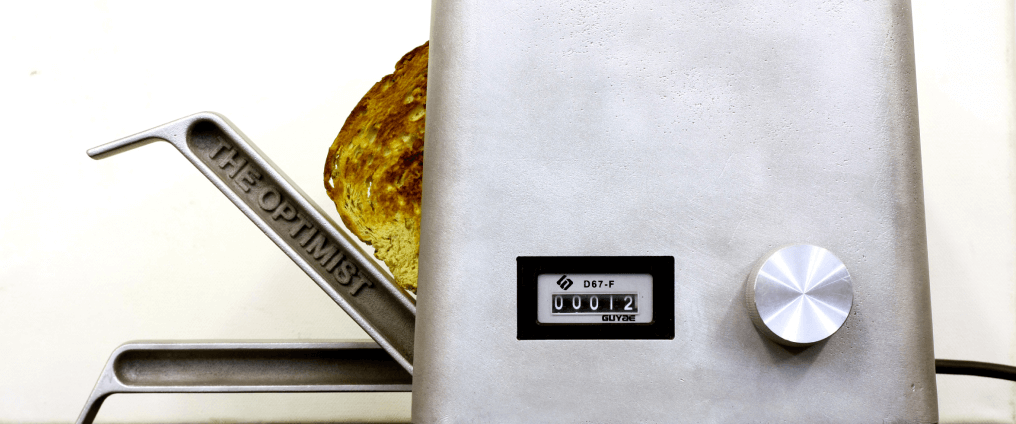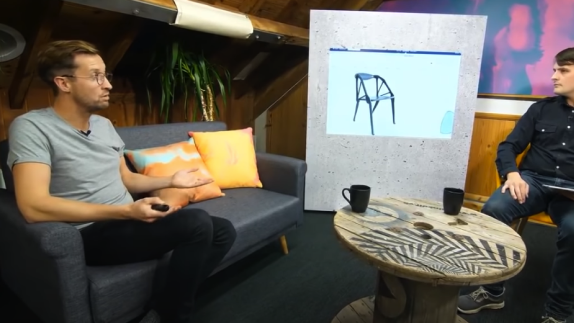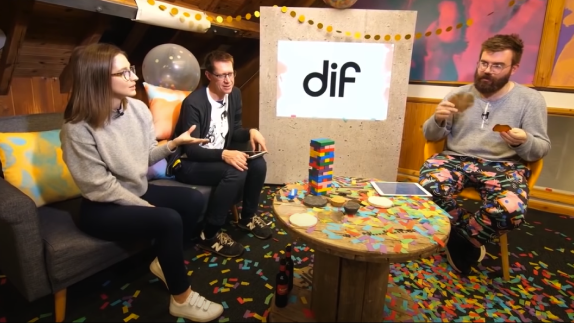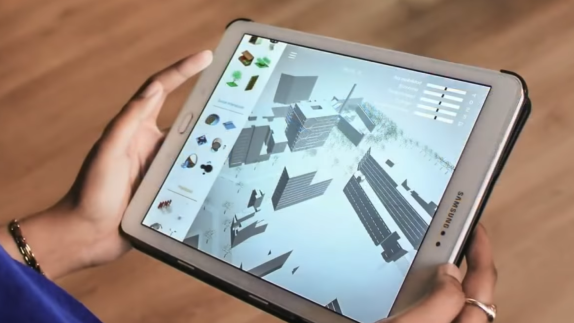
Agency of Design examines the implications of circular design for products. Using a common household good, the toaster, Agency of Design produced three products with the same function but different attributes to enable reuse or recycling. The project demonstrates that there is no ‘one size fits all’ solution when designing for a circular economy.
The end of cheap energy and resources and the desire to reduce material costs has, in many industries, led to cost-optimised products that focus on using less material to perform their desired function. However, this is only one strategy in dealing with a paradigm shift in prices and materials availability, and is arguably not a wholly suitable one at that.
Following a visit to an electronics recycling facility in the UK, Rich Gilbert of the Agency of Design (AoD) realised that most customers would employ a general rule that if an electrical item was smaller than a household bin, that’s where it would end up. Concerned about this one-way journey of energy and materials, Gilbert and his colleagues began investigating the construction of common household electronics, such as laptops, kettles and toasters. This teardown phase often revealed complex assemblies of many different materials, often bonded together in ways that would make the recovery of materials difficult, such as comoulding.
With their ‘Design out Waste’ project, the AoD employed three very different design strategies to one of these household products; a toaster. The aim was to demonstrate how through considered design of both widgets and systems, materials flows could be optimised.
The first strategy resulted in the Optimist toaster, in which the AoD emphasised longevity, repairrepairOperation by which a faulty or broken product or component is returned back to a usable state to fulfil its intended use. and material value. The manufacturing process created a product with imperfections in the casting, adding character to the item. Four visible, standard bolts provide access to the mechanical inner workings and clip-in elements encourage repair. The Optimist is firmly designed for a long life cycle, but should the need arise, the choice of sandblasted aluminium as the primary material enables high recycling rates.
A second strategy was employed with the Pragmatist toaster. In this scenario, the AoD took inspiration from furniture company Orange Box, and a supporting system led the design of the product itself. The Pragmatist is a modular toaster in which individual slots are 'daisy chained' as needed. Each module is designed to fit through a UK letterbox, making product delivery and return more convenient for the user. Gilbert understands the allure of cheap supermarket products, often purchased as a quick replacement following a breakage. The remaining modules of the Pragmatist would therefore continue to function if a module failed, meaning the manufacturer can retain their customer whilst a new unit is being delivered. This modular design also enables expansion– if a bigger capacity is required, these can be added without replacing the entire unit.
As soon as you have manual disassembly you have labour costs. You might go to great lengths to recover but unless you’re careful the labour costs will cancel out any material value.
- Rich Gilbert, Agency of Design
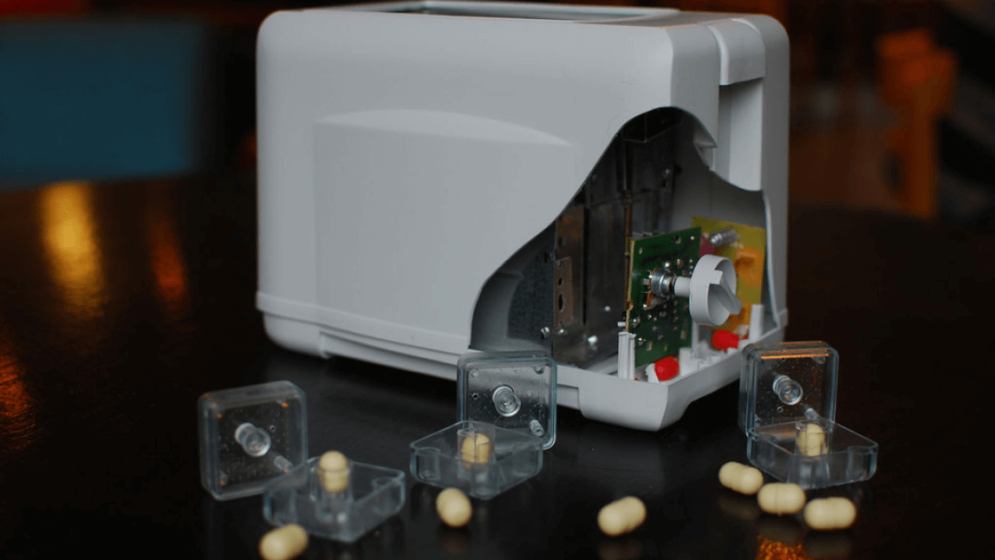
The inner workings of 'The Realist', with vacuum fixings. © Agency of Design
The final design strategy was for the Realist, and sought to improve upon the low-price toasters that are frequently purchased as a temporary, almost throwaway product. During a teardown session of an existing product Gilbert was impressed by the simple design, but still noted that material recovery would be too costly to be viable, due to unavoidable labour costs. So inside the unassuming shell of the Realist, a patent-pending vacuum fixing enables automated batch disassembly. Taking apart the product in this non-destructive way would enable the recovery of better quality recyclate in a low-cost way.
Following the success of Design out Waste, the Agency of Design are now exploring similar redesign opportunities with other household products, and recently received funding from the Technology Strategy Board to conduct a feasibility study into both a kettle and light bulb.
This project does not seek to prove a new, working business model for toasters – although Rich Gilbert cites the Pragmatist as the most ‘commercially interesting’ – but instead demonstrates the importance of design by intent, and three design strategies that do not rely solely on using less, but completely re-thinking how a service is delivered.
For more information see Closed loop design: how to make a better kettle
Image credit: Agency of Design
